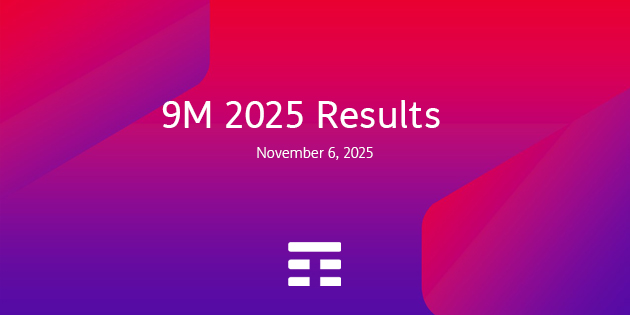Based in Turin, Rome and Naples, the User Experience Lab since 1993 has been TIM's center of expertise for user experience testing and study activities, through communities of experimenters.
Since 2018 it has been accredited by the Single National Body ACCREDIA for the evaluation of Usability and User Experience of Services, Apps and Web Portals, with reference to the UNI CEI EN ISO/IEC 17025 standard. Thus, the scientific nature of its methodology and the expertise of its staff in the various moments of a service's life cycle have been recognized.
It also conducts quality-of-experience and perceived E2E quality surveys of multimedia platforms and services, thanks to a controlled laboratory that allows the reproduction of fixed and mobile network configurations and the introduction of specific issues, verifying the impact on perceived and user satisfaction.
Evaluations are carried out on both prototype solutions and other already commercial solutions for Private and Business customers. The lab also conducts qualitative surveys on various organizational issues: work-related stress, communication, welfare, agile work, processes and HR issues.
The User Experience Lab has always been working to promote a User Centred quality of service, where the user (both the colleague who also works in 'Agile Work' mode, and the customer) is placed at the center, to realize technological solutions that are easy to use, able to respond to a need, to be able to excite, to make people feel part of an ecosystem.
The lab employs a multidisciplinary team of experts in usability, ergonomics, psychology, and communication, as well as telecommunications engineers, chemists, and physicists, who, starting from the user experience, contribute to the creation of immediate and pleasant interfaces and services.




